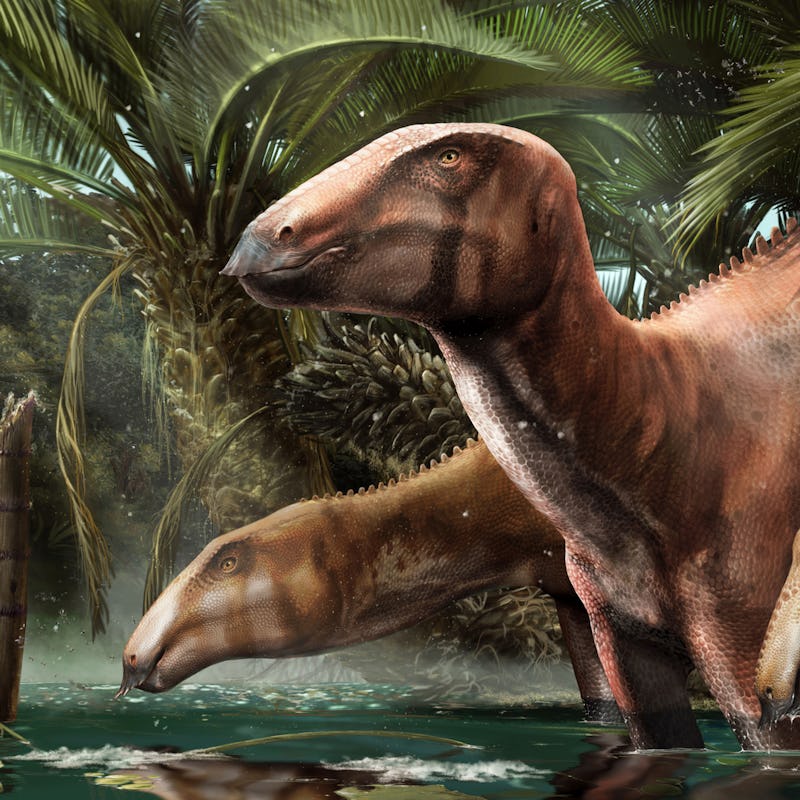Look: Largest dinosaur skeleton ever found in Italy changes ancient history
The new find challenges what we thought about the species and their home.

Buena Vista Images/Photodisc/Getty Images
Italy has plenty going for it as a place to visit, but as a destination for paleontologists? Not so much.
Isolated dinosaur remains were first found in Italy in the 1990s, and relatively few fossils have come to light since then.
Researchers from the University of Bologna discovered fossils of between seven and 11 Tethyshadros insularis dinosaurs in Villaggio del Pescatore, in Northern Italy.
Geological data show the new fossil site is around 80 million years old — 10 million years older than previous finds were dated.
That means the site would have been connected to Europe and Asia at the time the dinosaurs found in it lived, challenging some big assumptions about Italy’s dinosaurs.
Later in the Cretaceous period, the Mediterranean was filled with small islands still shifting into their present-day configuration.
The discovery of an adult T. insularis skeleton shows the smaller fossil was actually from a juvenile, and the region supported larger dinosaurs as well.
Layne Kennedy/The Image Bank Unreleased/Getty Images
Crocodile, crustacean, and fish remains found at the site suggest the area had a more vibrant ecosystem than previously imagined and could have served as a migratory route.
Hundreds of fossil samples in the Villagio del Pescatore dig site remain unidentified, and could help fill in the picture of life in the region tens of millions of years ago.